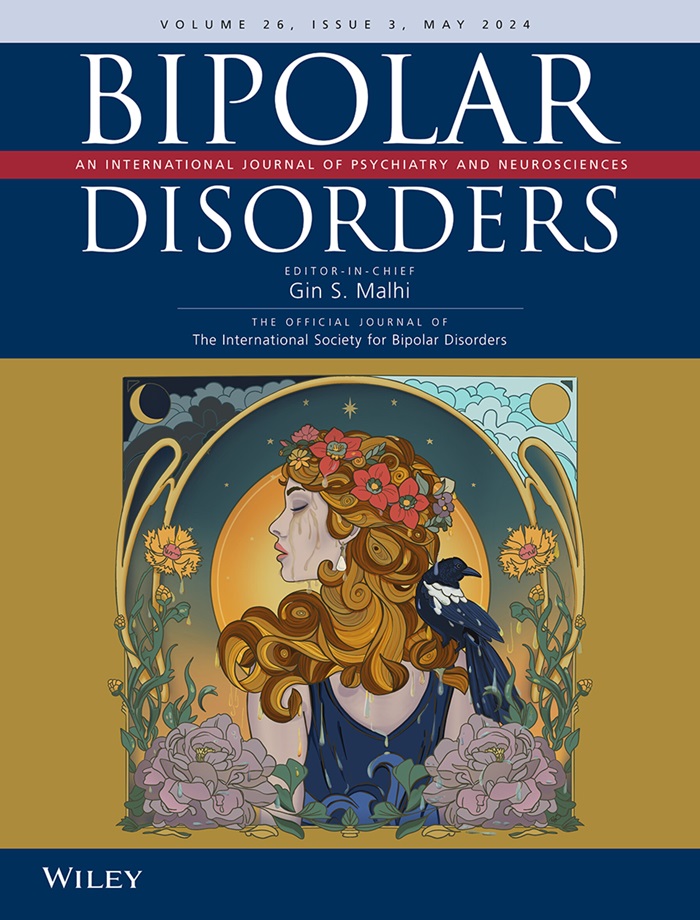The Role of the Complement C3-Hippocampus Pathway in Relation With Mood Symptoms in Offspring of Parents With Bipolar Disorder
Abstract
Objective
Accumulative research indicates key roles of the peripheral inflammation system and hippocampal function in major mood disorders. The complement system modulates inflammatory function and is abnormal in mood disorders, but its precise neural pathway remains unclear. This study investigates the interrelations among complement component 3 (C3) levels, hippocampal function, and mood symptoms among offspring of bipolar disorder (BD) parents who carry familial risk of mood disorders.
Method
We recruited unaffected BD offspring with (symptomatic offspring, SO, N = 31) or without (asymptomatic offspring, AO, N = 39) subthreshold symptoms, and matched healthy controls (HC, N = 41). Peripheral C3 levels were measured, and resting-state fMRI was conducted to assess hippocampal functional connectivity (FC). Spectral dynamic causal modeling (spDCM) was conducted to verify the directionality of the hippocampal FC.
Results
The SO group exhibited significantly lower peripheral C3 levels (F2,108 = 23.651, p < 0.001) and reduced left hippocampus-left cerebellum FC (F2,108 = 8.541, p < 0.001) compared to both the AO and HC groups. Furthermore, the left hippocampus-left cerebellum FC partially mediated the relationship between C3 levels and depressive symptoms in the SO group (bootstrapping 95% CI = −4.1168 to −0.1569), but not in AO (bootstrapping 95% CI = −0.3479 to 0.1317) or HC (bootstrapping 95% CI = −0.3297 to 0.0885). The left hippocampus-left cerebellum FC was bidirectional in all 3 groups.
Conclusion
Our findings indicate a C3-hippocampus-depressive symptom pathway might underpin the particular high vulnerability of individuals with both familial and symptomatic risks of mood disorders. This evidence provides new neuroinflammatory markers and targets for early identification and intervention of these individuals.


 求助内容:
求助内容: 应助结果提醒方式:
应助结果提醒方式:


